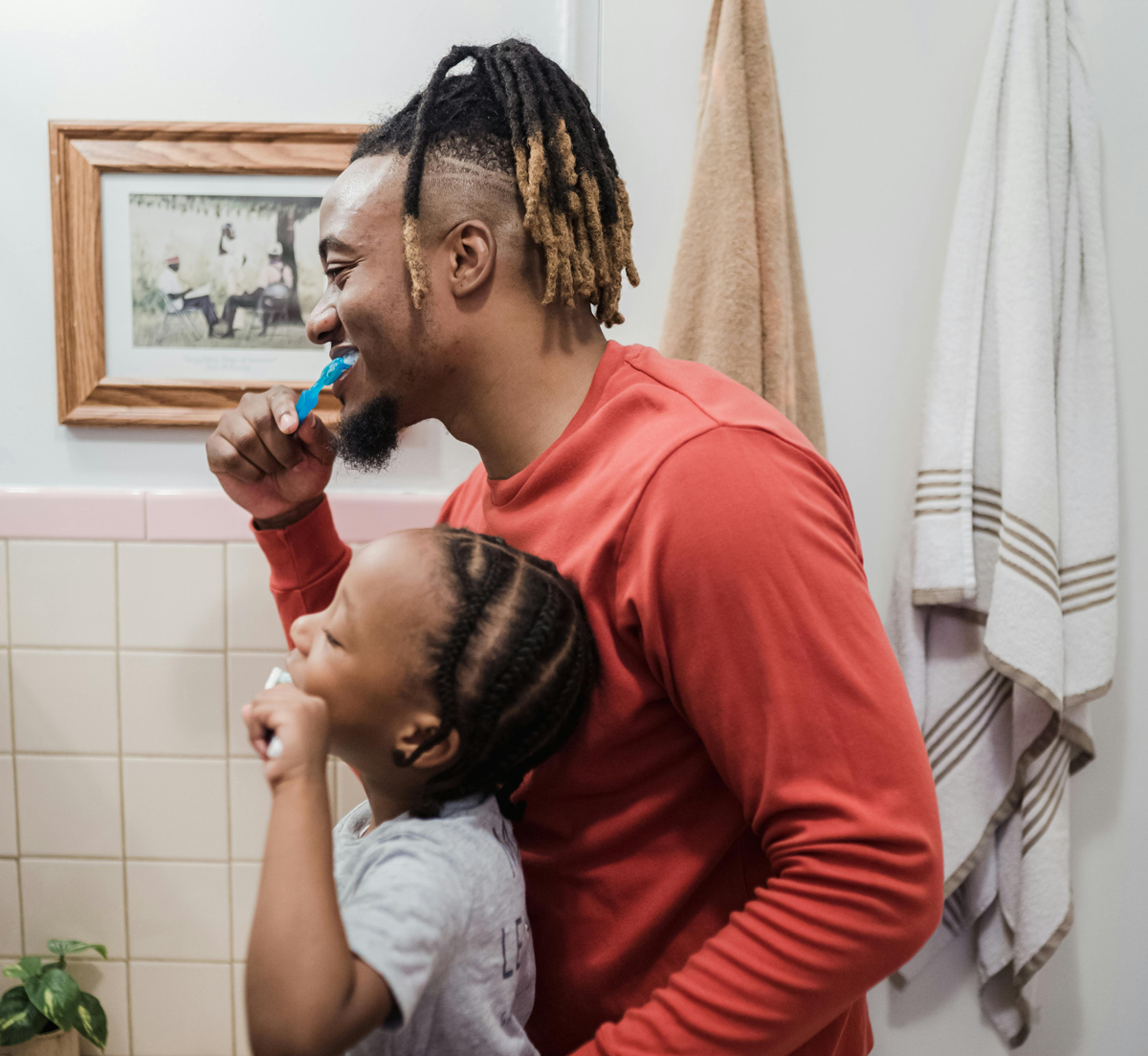¿Qué son las caries?
La caries dental ocurre cuando el esmalte (capa externa del diente) se daña. Cuando las bacterias de la boca se mezclan con alimentos y bebidas, se pueden formar caries. Las caries dentales son la enfermedad crónica más habitual en los niños y pueden dificultar comer y hablar.
¿Qué sucede si no se tratan las caries?
Si no se tratan, las caries pueden empeorar y causar lo siguiente:
- Dolor e infección
- Dificultad para comer
- Pérdida de dientes
- Enfermedades en encías



